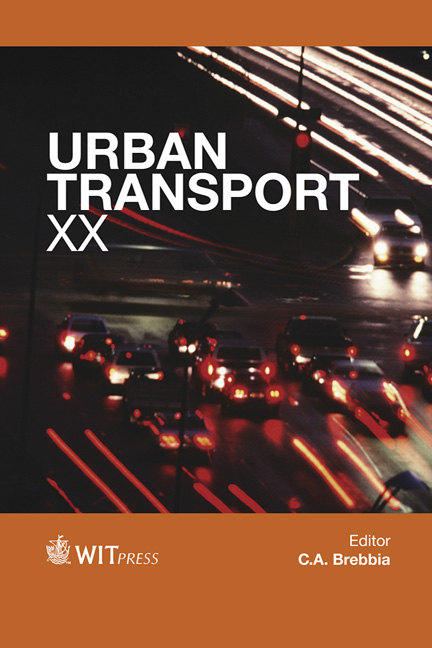The Safety Problems Met By Powered Two-wheelers In Urban Traffic
Price
Free (open access)
Transaction
Volume
138
Pages
11
Published
2014
Size
289 kb
Paper DOI
10.2495/UT140401
Copyright
WIT Press
Author(s)
P. Van Elslande, J.-Y. Fournier & C. Parraud
Abstract
An important growth in motorcycle traffic has occurred during the last decades in most parts of the world, the result of which being that powered two-wheelers (PTWs) have gradually become a true mobility tool that attract an increasingly vast and varied population. But a side effect of such an evolution refers to road safety. As a matter of fact, most epidemiological studies show the overall excess risk facing PTW in the traffic system, this risk coming notably from the extreme vulnerability of PTW riders in case of a crash and relying on some specific accident patterns. Faced with this negative aspect of riding a motorcycle or a scooter, it is essential to thoroughly understand the risks that riders meet when moving in traffic and more specifically in the urban environment where they particularly develop. The present paper has the purpose of identifying the production processes that characterise PTW traffic crashes occurring in town in comparison with those produced in the countryside. The data relies on a detailed analysis of a sample of 1000 accident police records. The results put emphasis on the difficulties confronting PTW users when on the road or in the street and to analyse the repercussions of these difficulties in terms of critical situations that are met by riders. A better knowledge of the specificities and the mechanisms of PTW involvement in injury traffic accidents is viewed as offering a potential improvement in their safety through adapted urban road development.
Keywords
motorcycling, traffic safety, urban environment, human error, accident configurations.





